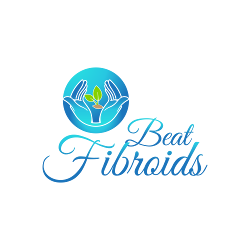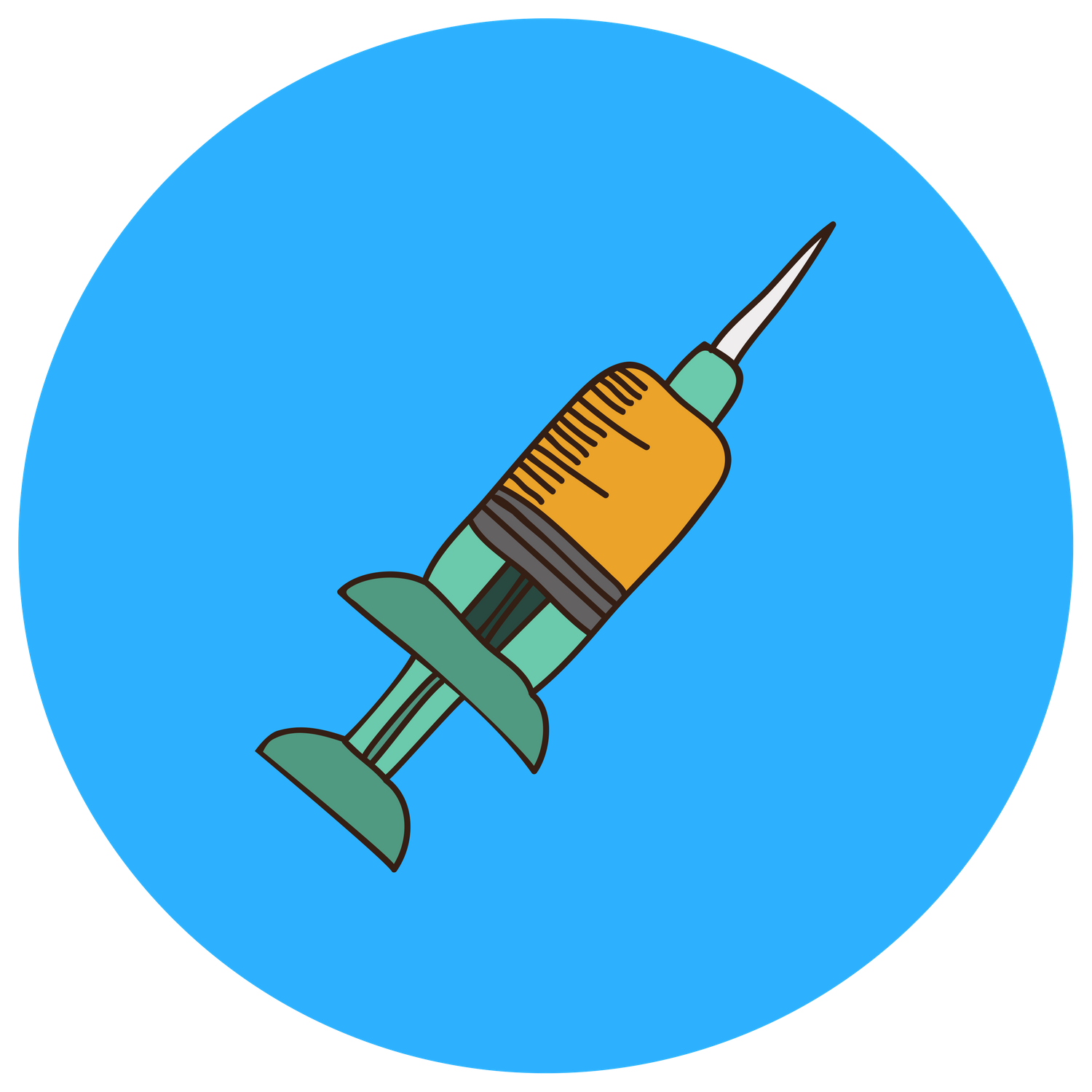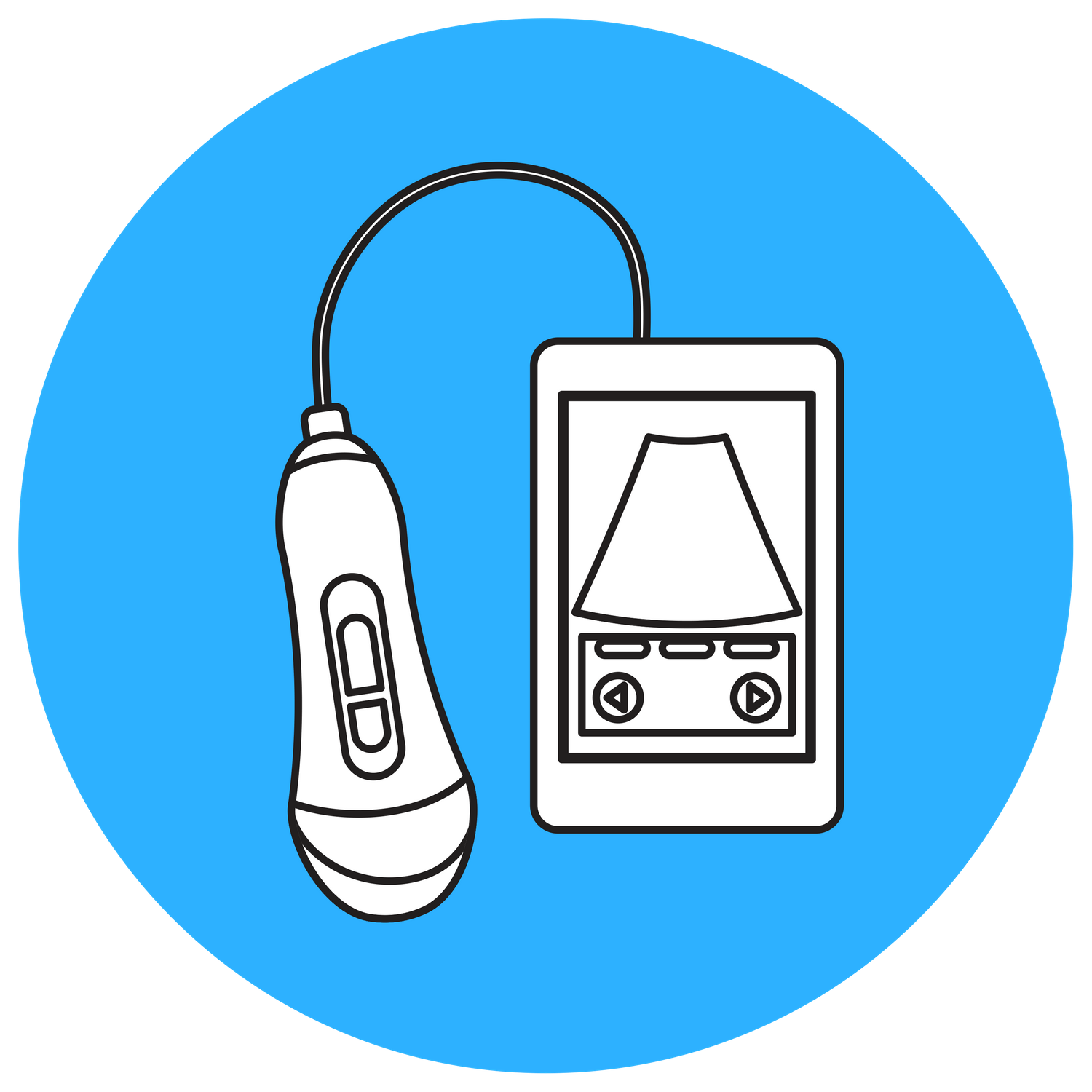
Fibroids Facts
How Common Are Fibroids?
Approximately 20% – 80% of women develop fibroids by 50 years of age. According to some reports, as many as 1 out of 5 women of childbearing age may have fibroids.
What are the Risk Factors for Fibroids?
Common risk factors for fibroids include: family history of fibroids, being of reproductive age (i.e. premenopausal), being overweight, and African American.
What Treatment Options Are Available for Women with Fibroids?
There are several treatment options for women suffering with fibroids. Regardless of which option a person chooses, it is our honest opinion that everyone should give Natural Therapy a chance. Natural Therapy is growing in popularity and appealing to more and more women as they are becoming more aware of the possibility of shrinking fibroids naturally. Farhana’s shrink fibroids program is helping women from around the world by teaching them step-by-step what she did to shrink her fibroids. Click here to join the program now while it is still open!
What are the Most Common Symptoms caused by Fibroids?
Common symptoms experienced by patients with fibroids include heavy menstrual bleeding, menstrual bleeding lasting for longer than usual, and pain in the pelvis and/or lower back.
What is the relationship between Fibroids and Pregnancy?
Fibroids tend to increase in size during pregnancy due to changes in hormonal levels of estrogen and progesterone. Fibroids can cause recurrent miscarriages in some women depending on the size & location of the fibroid.
FIBROID TREATMENT OPTIONS
Here's a selection of fibroid treatment options
Natural Therapy
Holistic approach to getting to the root cause of sickness; aims to bring the body back into balance through natural modalities such as dietary modifications, herbal treatment, lymphatic stimulation, enzyme therapy, among others.
Natural therapy is growing in popularity as many are finding remedy from the pain and bleeding associated with fibroids by making lifestyle modifications.
Medications
Medications aim to treat the symptoms of fibroids such as HEAVY MENSTRUAL BLEEDING & PELVIC PAIN.
Medications that reduce menstrual bleeding include:
-GnRH agonists
-Progestin-releasing Intra-Uterine Device (IUD)
-Oral Contraceptive Pills (OCPs)Medications that reduce pelvic pain include:
-Non-Steroidal Anti-Inflammatory Drugs) NSAIDs
Uterine Fibroid Embolization (UFE)
Procedure in which a catheter is inserted into a vessel in the body and particles are released into the blood which obstruct blood flow to the fibroid tumors. It is believed that a decrease in blood flow causes the fibroid tumors to reduce in size.
Focused Ultrasound Ablation
Procedure that involves using MRI imaging to view fibroid tumors while using an ultrasound transducer to deliver high-energy sound waves into fibroid tumors in order to ablate them.
Myomectomy
Myomectomy is the surgical removal of individual fibroid tumors.
LARGE fibroid tumors are removed via:
–abdominal incision = surgeon makes an opening in the abdominal wall and excises any visible fibroid tumors.
SMALLER fibroid tumors are removed via:
–laparascopy = surgeon makes an incision in the navel and inserts a viewing tube (laparoscope) into the pelvic cavity to excise individual fibroid tumors.
–hysteroscopy = surgeon inserts a telescope-like instrument (hysteroscope) through the vagina and into the uterus to excise individual fibroid tumors located along the inner lining of the uterus; no abdominal excision required.
Hysterectomy
Hysterectomy is surgical removal of the uterus. Hysterectomy is classified as either TOTAL or PARTIAL.
TOTAL hysterectomy = removal of uterus + cervix
PARTIAL hysterectomy = removal of just the uterus
Fibroids are the leading cause of hysterectomy to date.






